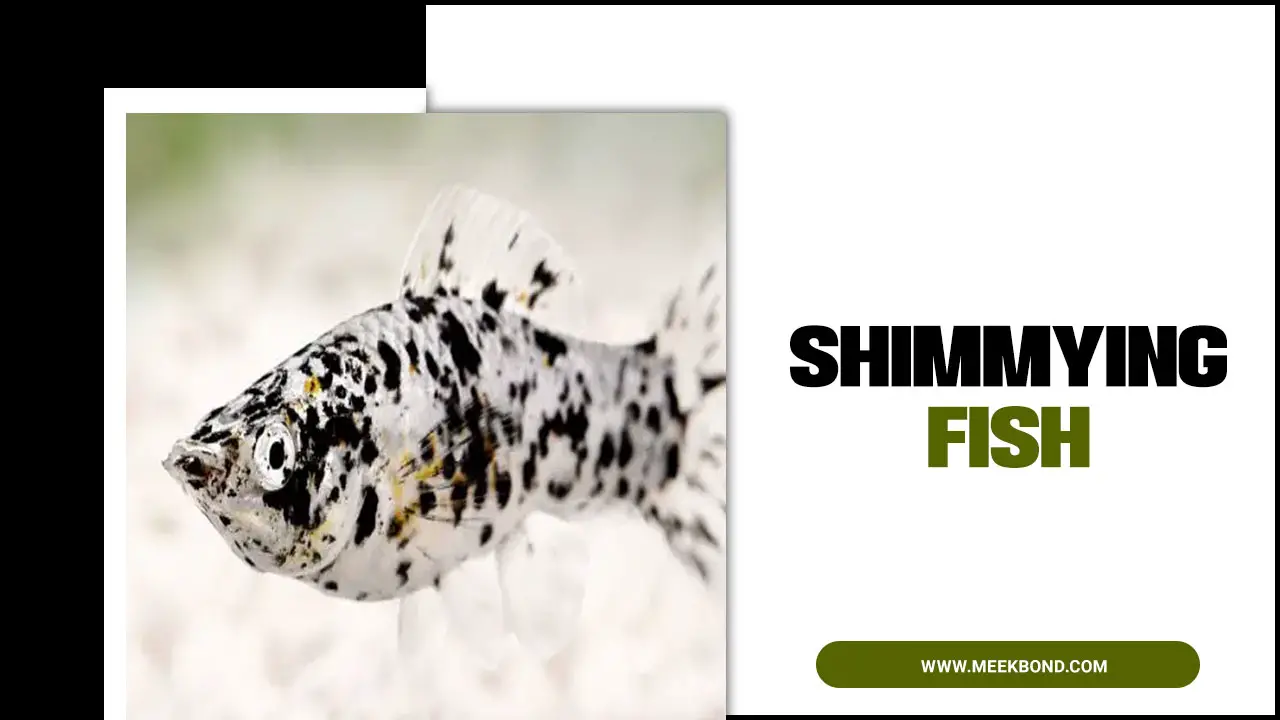The Bumblebee Betta Fish is a striking species of Siamese fighting fish that stands out for its unique black and yellow coloration. These fish are relatively easy to care for, requiring a minimum tank size of 5 gallons and water temperatures between 76-82°F.
It is important to provide them with a varied diet that includes pellets, frozen or live food. While they are relatively peaceful, Bumblebee-Bettas should be kept alone or in groups of only females as males can become aggressive towards each other.
These beautiful fish are an excellent choice for beginner and experienced aquarists looking to add color to their aquariums. Here we provide a comprehensive guide to help you care for your Bumblebee-Betta Fish. Our step-by-step guide will ensure that your Bumblebee-Betta Fish thrive under your care.
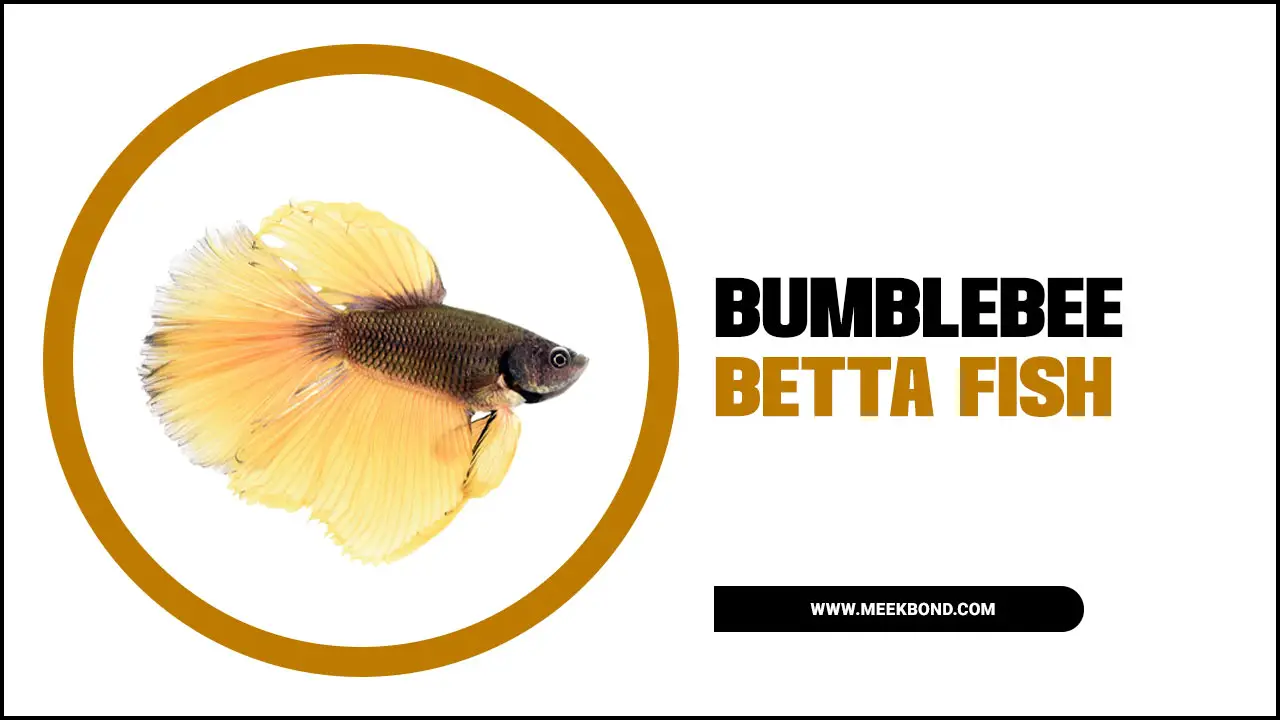
Bumblebee Betta Fish Step-By-Step Caring Guideline
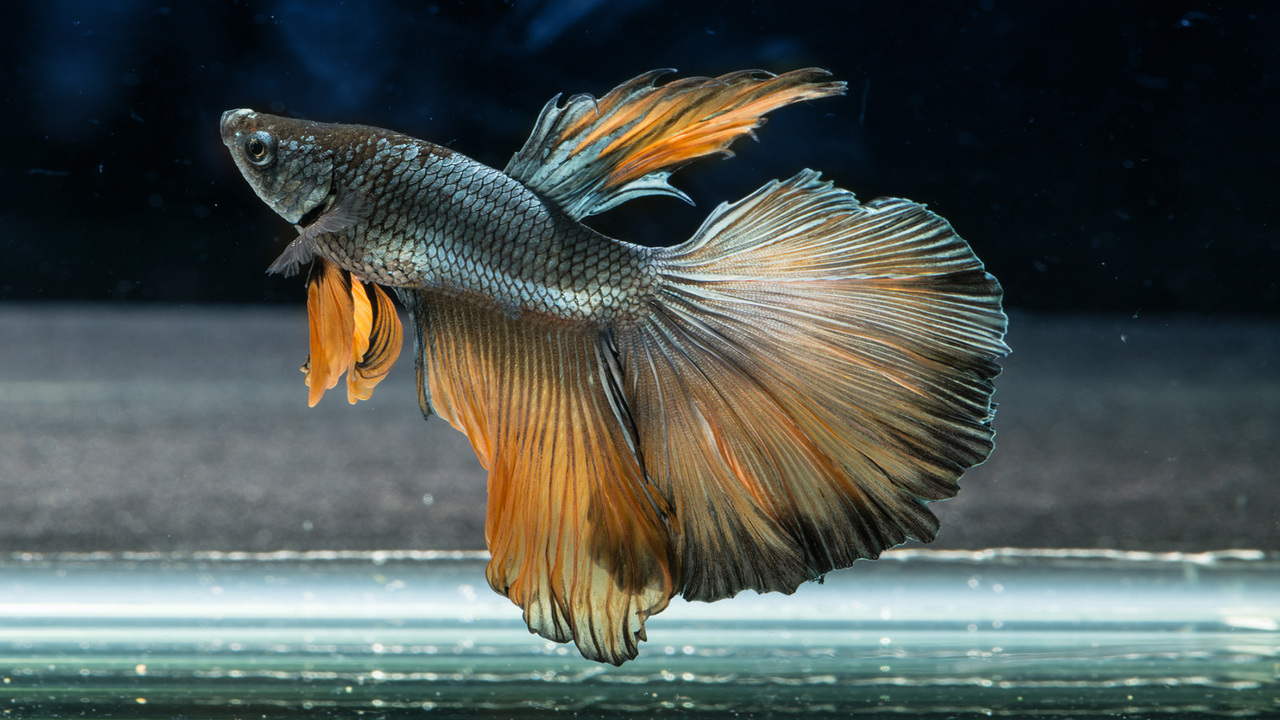
Tank setup plays a crucial role in the care of Bumblebee Betta fish. Providing them with the right tank size, substrate, and decorations is important for their well-being. Maintaining proper water quality is also essential. This includes monitoring and maintaining proper water parameters, regular tank cleanings, and water conditioners. Feeding is another important aspect of caring for Bumblebee-Betta fish.
It is important to provide them with a varied and balanced diet, control their feeding frequency, and ensure portion control. Additionally, maintaining the right temperature range and lighting conditions is important for the health of Bumblebee-Betta fish. Lastly, keeping a close eye on their health, treating diseases, and preventing common health issues is crucial for their well-being.
Setting Up The Ideal Habitat For Bumblebee-Betta Fish
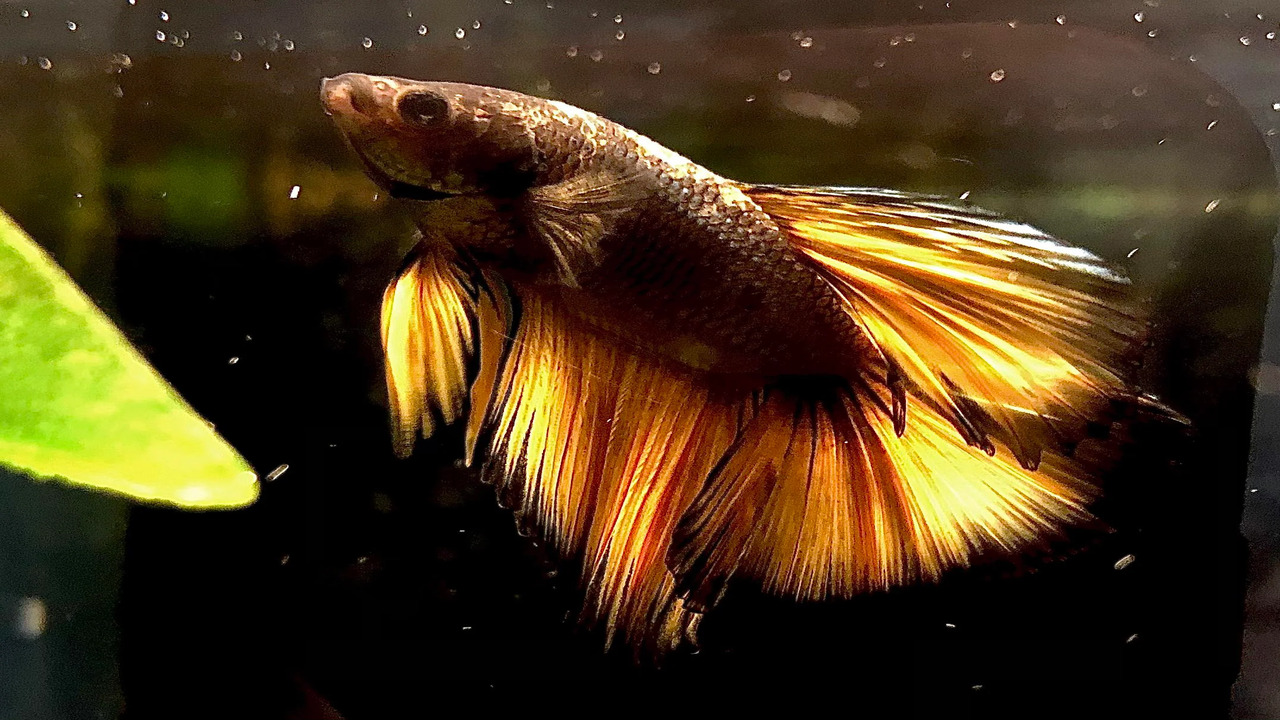
You’ll need a tank with at least 2.5 gallons of water to provide the ideal habitat for Bumblebee-Betta Fish. Maintaining a consistent temperature of 78-80°F is crucial for their well-being, so investing in a heater is important.
Opt for a soft, fine-grain substrate to create a comfortable environment and avoid sharp rocks or gravel. Adding plants and decorations will enhance the aesthetics and provide hiding spots and stimulation for your Betta fish. It’s recommended to have a filter in place to keep the water clean and reduce the frequency of water changes.
Water Parameters And Temperature Requirements
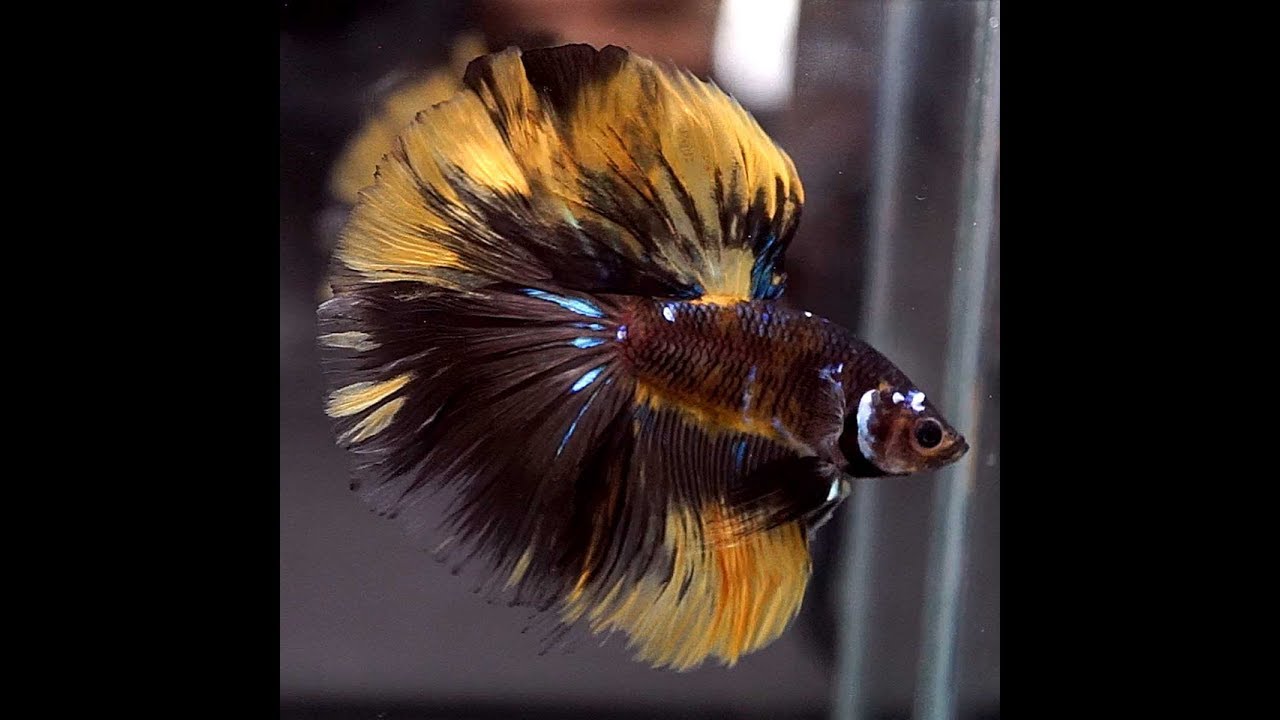
Bumblebee-Betta Fish thrive in water temperatures ranging from 76-82°F (24-28°C). Regularly monitor the water temperature using a thermometer to ensure it remains within this range. For optimal health, maintain a pH level between 6.5-7.5 in the aquarium.
Providing a good filtration system is crucial to maintain water quality and stability. Additionally, regular water changes are essential to prevent harmful build-ups of ammonia and nitrite. Maintaining these water parameters allows you to create a suitable environment for your Bumblebee-Betta fish.
Feeding And Dietary Needs
Bumblebee-Betta Fish have specific feeding and dietary needs. Providing them with a varied diet consisting of live and pellet food is important. Good options for live food include frozen or live bloodworms, brine shrimp, and daphnia.
When it comes to pellet food, choose high-quality pellets specifically formulated for bettas. Overfeeding can lead to health problems, so feeding bettas in small portions 2-3 times a day is crucial. Additionally, betta fish enjoy snacking on live insects like fruit flies or ants to supplement their diet.
Tank Mates And Compatibility With Other Fish Species
When considering tank mates for your Bumblebee-Betta, it’s important to remember that these fish are territorial and may not tolerate other species in their aquarium. To ensure a peaceful environment, carefully select small, peaceful fish like tetras or shrimp as companions for your Bumblebee-Betta.
Avoid pairing them with aggressive or fin-nipping species that can cause stress or harm. Always monitor your betta’s behavior when introducing new tank mates to ensure compatibility. Selecting the right companions can create a harmonious aquarium environment for your Bumblebee-Betta.
Common Health Issues And How To Prevent Them In Bumblebee-Betta Fish
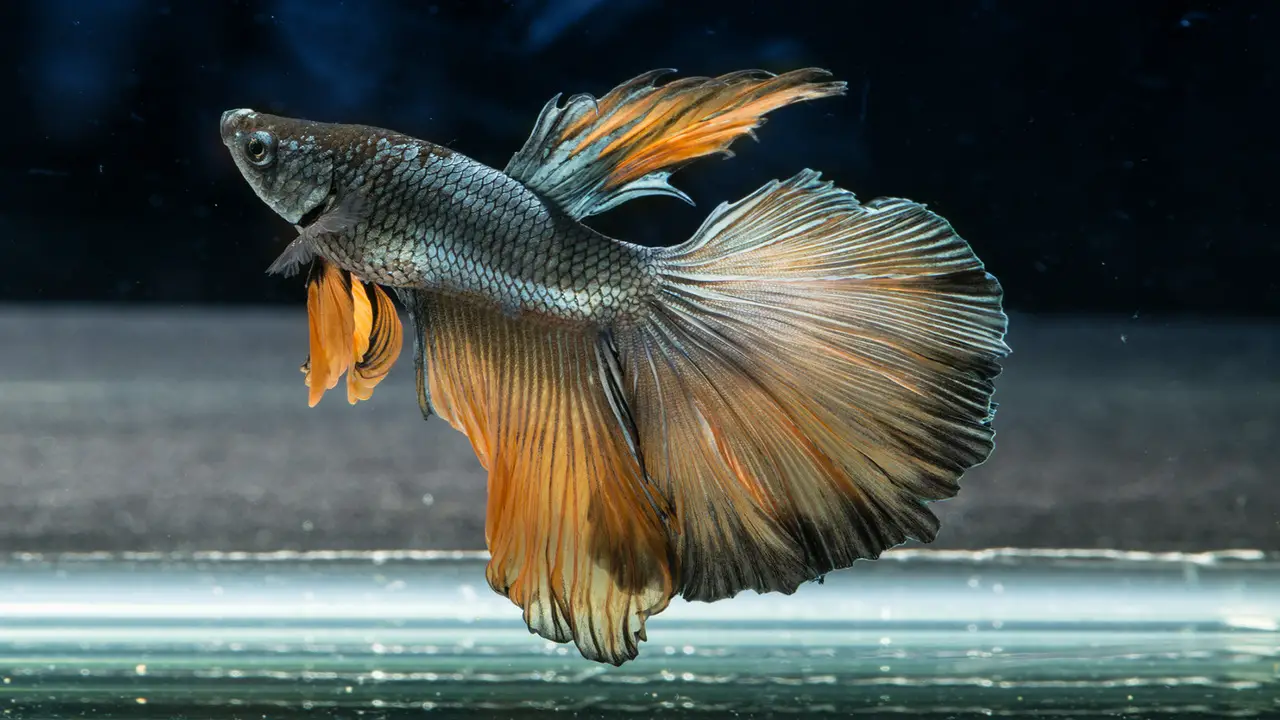
Like any other species, Bumblebee-Betta Fish are susceptible to certain health issues. One common problem they may experience is swim bladder disorder, which can be prevented by ensuring proper feeding practices and maintaining optimal tank conditions.
Another issue to watch out for is fin rot, which can be avoided by providing a balanced diet and maintaining good water quality. Poor water quality can also lead to diseases like ich, velvet, and fungal infections, so regular water changes, filter maintenance, and proper tank setup are essential preventive measures. It’s important to observe your fish daily and promptly address any signs of illness to prevent more severe health problems.
Tips For Maintaining A Clean And Healthy Environment
It is important to follow these tips to ensure a clean and healthy environment for your Bumblebee-Betta Fish. Regularly cleaning the tank and changing the water will help keep the environment free of waste and toxins. An aquarium filter will help maintain clean and clear water by removing debris.
Overfeeding should be avoided as it can lead to health issues and dirty water. To prevent stress and illness, keeping the water temperature consistent using a heater is crucial. Lastly, overcrowding the tank should be avoided as it can lead to poor water quality and aggressive behavior.
Breeding Bumblebee-Betta Fish
Breeding betta fish requires patience, knowledge, and creating the right environment. Selecting the ideal breeding pair is crucial for ensuring healthy and genetically diverse offspring. Providing a breeding tank that is spacious enough for proper movement and has hiding places is important.
Maintaining consistent water quality and temperature are essential factors for successful breeding. Close monitoring of the breeding process is necessary to prevent aggression and ensure the safety of the fish. Following these considerations and guidelines can increase the chances of successfully breeding your Bumblebee-Betta fish.
Ideal Tank Requirements
To provide an ideal habitat for Bumblebee-Betta fish, you should have a minimum 5-gallon tank equipped with a filter and heater. Mimicking their natural habitat, decorating the tank with plants and hiding spots. It’s crucial to maintain water quality by scheduling regular water changes.
Keep the water temperature between 76-86°F to ensure the comfort of your betta fish. Additionally, avoid overfeeding and monitor their health and stress levels closely. You can create a safe and healthy environment for your Bumblebee-Betta fish by meeting these tank requirements.
Suitable Diet For Bumblebee-Betta Fish
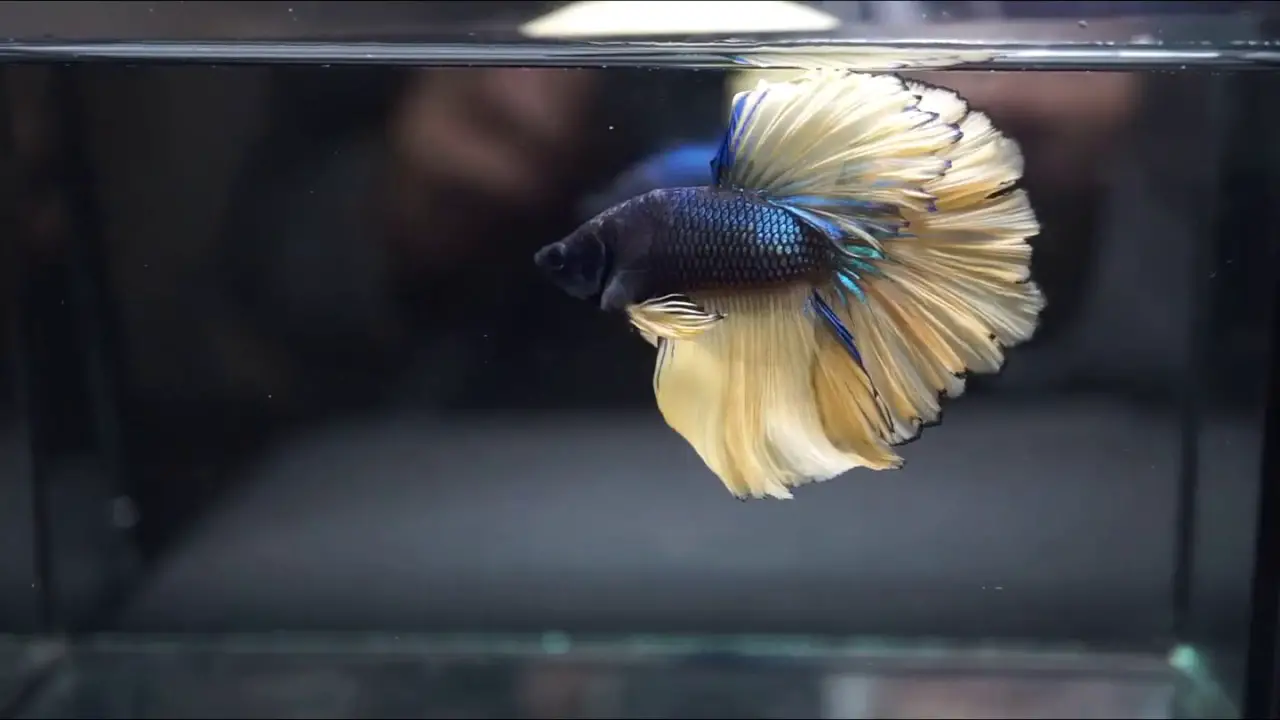
Bumblebee-Betta Fish have specific dietary needs that must be met to ensure their health and well-being. A balanced diet is essential, providing them with protein-rich foods and vegetables. Pellets or flakes designed specifically for betta fish are a good staple food option.
However, it’s also important to supplement their diet with frozen or live foods like brine shrimp or bloodworms. Be cautious not to overfeed them, which can lead to bloating and other health issues. Adjusting the feeding amounts based on the fish’s size and activity level is crucial for optimal health.
How To Handle Territorial Behavior Of Bumblebee-Bettas?
Bumblebee-Bettas are territorial creatures and require sufficient space and hiding spots to avoid confrontations. To prevent aggression, it is advisable to introduce new fish slowly. Separating multiple bettas with dividers or separate tanks can be an effective way to prevent clashes.
Keep a close eye on your fish for signs of stress or aggression, such as torn fins or chasing, and address the issue promptly by removing the aggressive fish or adjusting the tank setup. Providing a peaceful environment with ample space and hiding spots will make your Bumblebee-Bettas feel safe and comfortable.
Recognizing And Addressing Health Issues In Bumblebee-Betta Fish
Early detection plays a crucial role in maintaining the health of Bumblebee-Betta Fish. Keeping a watchful eye for indicators such as loss of appetite, lethargy, and abnormal swimming behavior is essential. These stunning creatures are prone to common health issues like fin rot, ich, and swim bladder disorder.
Proper treatment varies depending on the illness, which may involve medication or adjustments to water quality. Preventive measures, such as regular tank maintenance and proper feeding practices, go a long way in safeguarding their well-being. By promptly understanding and addressing health concerns, you can ensure your Bumblebee-Betta Fish thrives in their aquarium environment.
Can Bumblebee-Betta Fish Live With Other Fish Species?
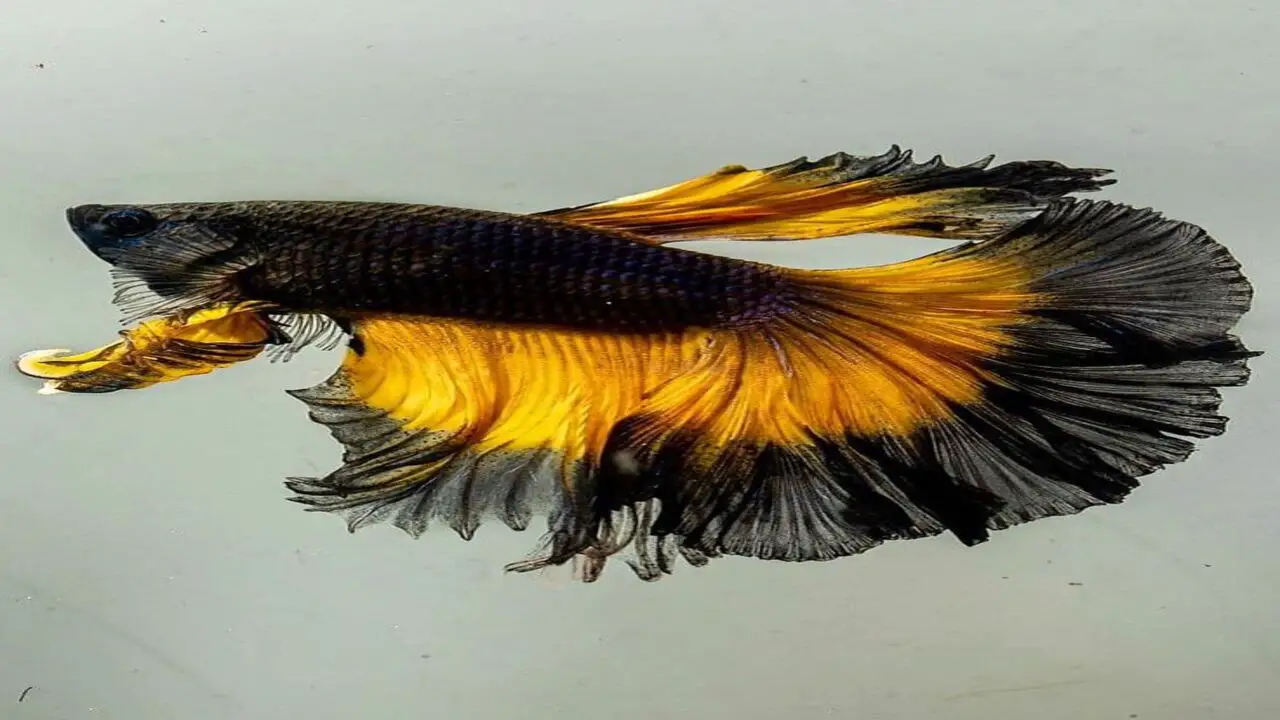
Bumblebee-Betta Fish are known for their aggressive behavior, particularly towards male fish of the same species. Therefore, keeping them with other species in a small tank is not advisable. If you want to introduce tankmates, it’s essential to select peaceful and non-aggressive species that can coexist with them.
Monitoring your fish closely for any signs of aggression or stress is equally important. This will help you take necessary action before any harm is done to the fish in your aquarium. Additionally, providing adequate hiding spots and territories can help reduce aggression among fish in the tank.
Conclusion
To ensure that your Bumblebee Betta Fish thrives, providing them with suitable habitats, proper nutrition, and a clean environment is crucial. Maintaining the ideal water parameters, temperature, and pH levels will promote their overall well-being. Additionally, be mindful of their compatibility with other fish species and address territorial behavior.
Regularly monitor their health, watch for common issues, and take preventive measures. Remember, breeding Bumblebee-Betta Fish requires careful consideration and adherence to guidelines. By following these steps and providing the necessary care, you can enjoy the beauty and uniqueness of these stunning fish in your home aquarium.
Frequently Asked Questions
1.What Is A Bumblebee-Betta Fish?
Ans: A Bumblebee-Betta fish, also known as the Dario Dario or scarlet badis, is a small Betta fish with black and yellow stripes resembling a bumblebee. These vibrant fish typically grow up to 1.5 inches long and require a tank with at least 5 gallons of water and a heater to maintain the ideal temperature between 75-82°F.
2.How Long Do Bumblebee-Bettas Live?
Ans: Bumblebee-Bettas typically have a lifespan of around 2-3 years. Providing proper care and maintaining a healthy environment can help increase their longevity. Regular water changes, a balanced diet, and avoiding overfeeding are crucial for their well-being and to prevent diseases and stress.
3.What Is The Rarest Betta Fish?
Ans: The rarest betta fish, known as the “One Spot Mouthbrooder” or Betta Immaculata, is native to Borneo. It exhibits a unique breeding behavior where the male carries eggs and fry in its mouth. Other rare varieties include the Wild Betta species and color morphs like the Koi Betta or Galaxy Koi Betta.
4.What Is The Most Aggressive Betta Breed?
Ans: The Plakat or “Plakat Thai” betta is considered the most aggressive breed. Known for their short fins and bred for fighting ability, they are among the top contenders. Other aggressive betta breeds include the Halfmoon and Crowntail varieties.
5.How Many Bettas Can You Keep With Your Bumblebee Gobies?
Ans: Keeping multiple Bettas with bumblebee gobies is not recommended due to their different temperaments and requirements. Bumblebee gobies are social fish and should be kept in at least five groups. Keeping multiple Bettas together can lead to aggression and fighting.

Aquarium passion is all about connecting with the aquatic life and providing education to the public on the importance of these creatures. We showcase a wide variety of marine life through our exhibits as well as working with schools to provide unique learning opportunities for students of all ages.




